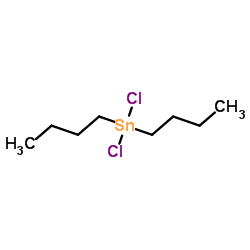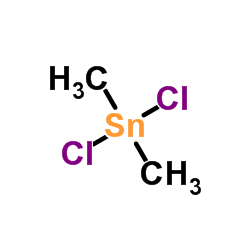| Structure | Name/CAS No. | Articles |
|---|---|---|
 |
dibutyldichlorotin
CAS:683-18-1 |
|
 |
Dimethyl sulfoxide
CAS:67-68-5 |
|
 |
Dichlorodimethyltin
CAS:753-73-1 |
|
 |
8-Octanoyloxypyrene-1,3,6-trisulfonic acid trisodium salt
CAS:115787-84-3 |